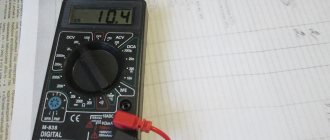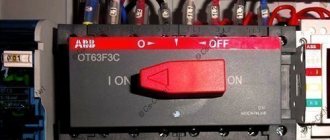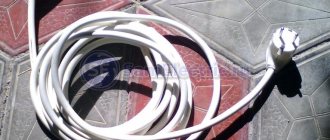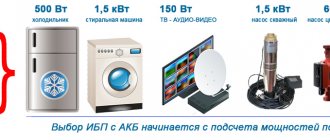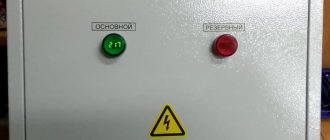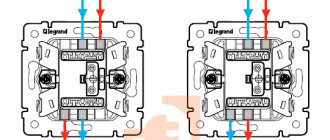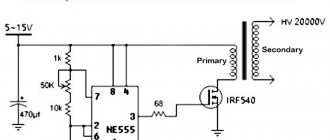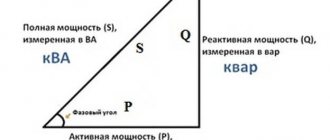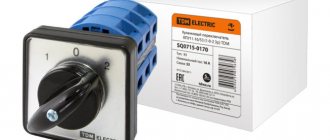5 / 5 ( 1 voice )
A reversing switch or switch in household electrical networks is usually used to connect backup power. These can be gasoline and diesel generators, as well as, for example, connecting a second source of electricity from another power line for reliable power supply to a private home. Switching is done mechanically in manual mode, do not confuse it with ATS (automatic transfer switching).
Because I mainly assemble electrical panels using ABB components, and I also use their reversible changeover switch. But it happens that I also install other switches, for example, “manual reserve input” from Legrand and SFT breaker switches from Hager, but I will write about this in separate articles.
When assembling electrical panels, I use ABB reversing load switches of 40A or 63A, depending on the power allocated for connecting a private house. There are also smaller ratings of 16 and 25 A, but they are very small and inconvenient to make switches with. To be honest, I don’t even know where they are used.
Often, when ordering electrical panels, you ask why you need to install a reversing switch , why you can’t just install a machine for the generator. The answer is very simple:
- Do not supply voltage to the general network , i.e. so that your generator does not become a source of electricity for the entire common power line. The neighbors, of course, will be happy with the electricity they receive from you, but at this time they may be fixing an accident on the line, and the electricians will come under voltage.
- The load transfer switch eliminates the possibility of back-to-back connection of two power sources , the main power supply from the power line and the backup one from the generator. The reversing switch eliminates the possibility of supplying voltage to the general network, or
Of course, theoretically, you can turn off the input circuit breaker or switch yourself, turn on your generator and use electricity from the generator. But who will give a 100% guarantee that one day you will not forget to turn off the input? Nobody, but as I wrote above, the reversing switch eliminates this. In simple words, this is “fool protection” .
The reversing switch has three positions:
- I ON – the left pole of the switch is on, while the right pole is off.
- О OFF – everything is disabled (both inputs).
- II ON – the right pole of the switch is turned on, while the left one is turned off.
The connection diagram for a backup generator to a changeover switch has several options depending on how many phases the generator is designed for. It also matters how many phases in the electrical panel at home you want to connect to the backup input.
Advantages of inverter uninterruptible power supply systems
| Automatic operating mode | Resistance to double overload | Instant guaranteed switching to inverter backup power |
| Generates quality output voltage with pure sine wave | Operates automatically as a backup power source | Can act in combination with alternative energy sources |
| High reliability based on advanced technologies | They have the function of adding power to the power of the network or generator | Provide uninterrupted power supply to the home without the formation of exhaust gases and noise |
Read also: Dovetail guides for machine tools
